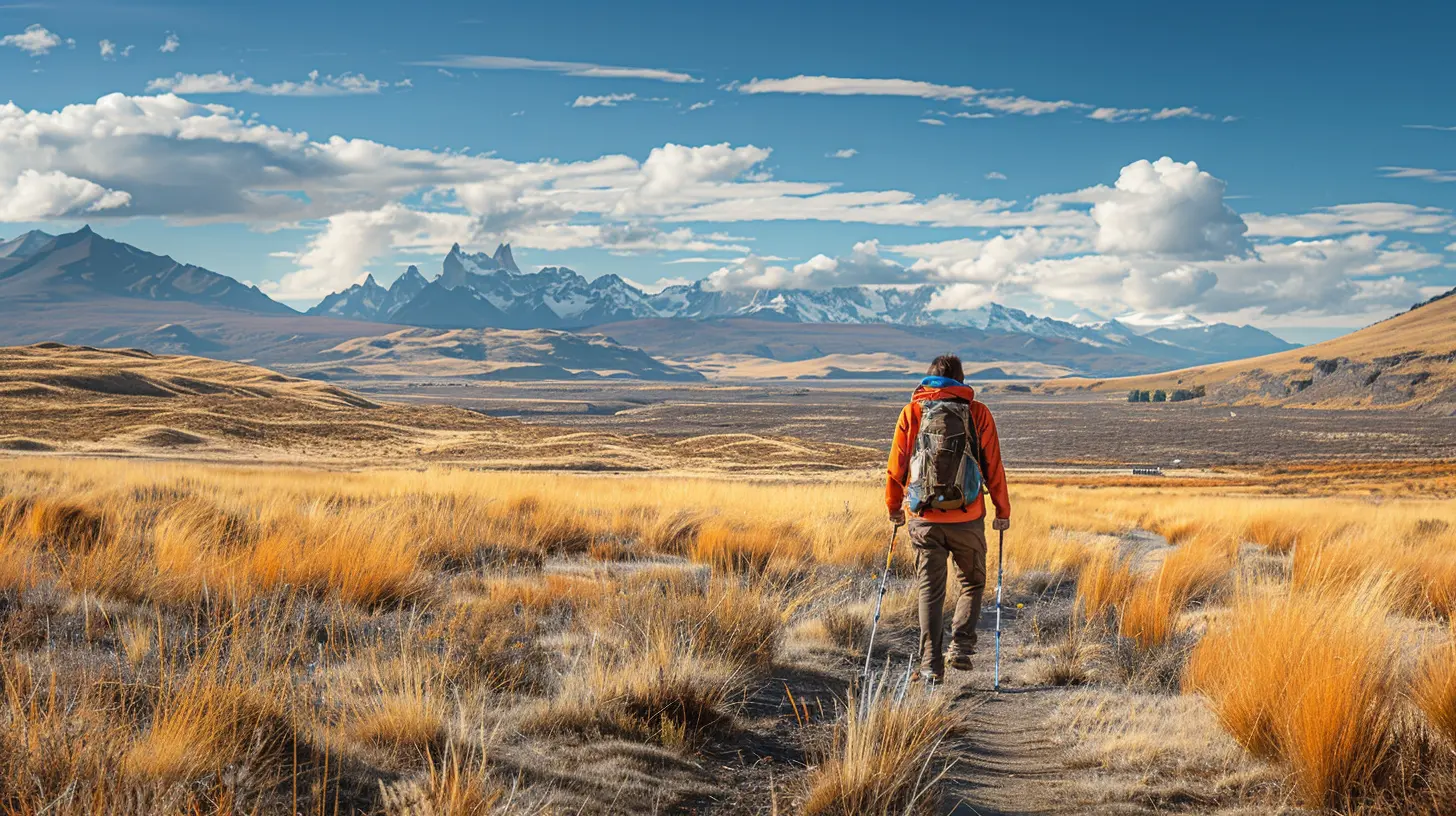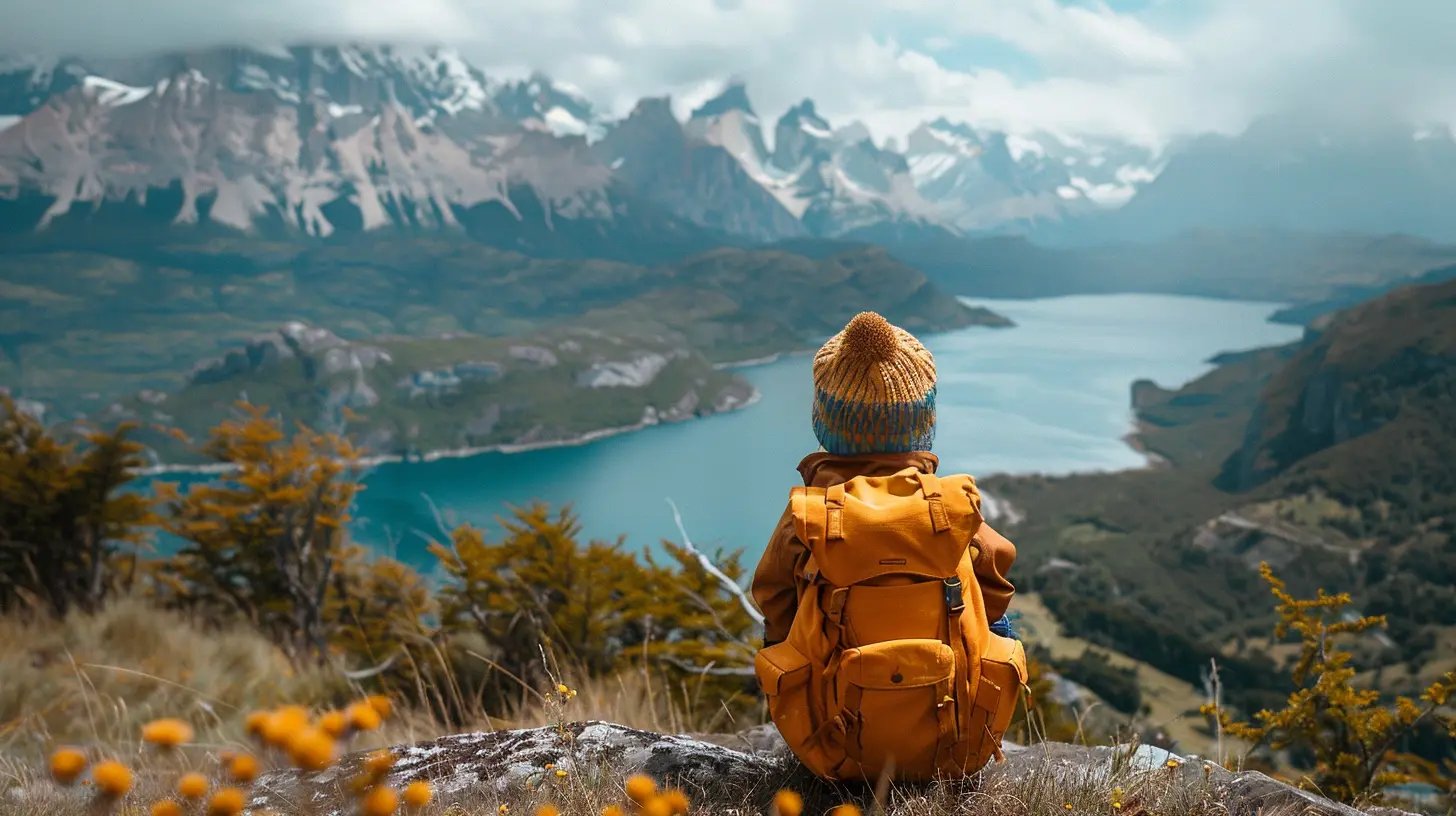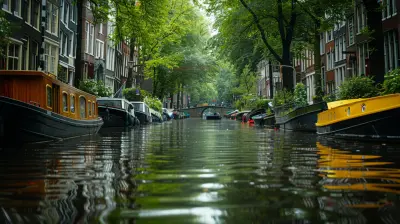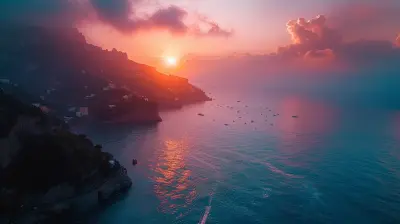When to Hike Patagonia for the Most Dramatic Landscapes
27 August 2025
Patagonia. Just saying the name sounds like an adventure, doesn’t it? If you're dreaming of jagged peaks, sprawling glaciers, turquoise lakes, and raw, untouched beauty, then this remote region at the southern end of South America is calling your name.
But here's the catch: timing is everything. Hike at the wrong time, and you might spend more time battling brutal winds and closed trails than actually enjoying the views. Hike at the right time, and you’ll experience a jaw-dropping, soul-stirring visual feast unlike anything else in the world.
So, when should you pack your boots and hit the trail?
Let’s dig into the best times to hike Patagonia for the most dramatic landscapes, and spoiler alert — it's not just about picture-perfect weather.
What Makes Patagonia So Special Anyway?
Before we dive into the calendar, let’s paint the picture. Patagonia spans both Argentina and Chile, covering over 400,000 square miles of rugged wilderness. Think Torres del Paine, Fitz Roy, Perito Moreno Glacier, and more.Here, the weather is wild, the landscapes are raw, and the entire vibe screams untamed. But it’s exactly that untamed nature that makes choosing the right time so critical. Patagonia isn’t one of those "anytime is a good time" kind of destinations. Nope. You'll want to be strategic.
The Seasons of Patagonia: A Quick Breakdown
Down south, things flip compared to the Northern Hemisphere. So let’s lay out the seasonal cheat sheet real quick:- Summer (December to February): Warmest, most popular, and most accessible.
- Autumn (March to May): Colorful foliage, fewer crowds, unpredictable weather.
- Winter (June to August): Brutal cold, limited access, but excellent for isolation and snow-covered views.
- Spring (September to November): Flowers, baby wildlife, increasing daylight, and some snow still lingering.
Each season has its own flavor — and its own kind of drama.
Top Hiking Months for Peak Drama
Now, if we’re talking about dramatic landscapes, not just decent weather, you’ll want to think beyond peak season. Let’s break down which months pack the most visual punch — because that's what you're really here for, right?🎨 March and April (Autumn Glory)
If you want your jaw to drop from color, not just cliffs, hiking Patagonia in March or April is a dream.The forests in Torres del Paine and Los Glaciares ignite in fiery shades of orange, red, and gold. Combine that with snow-capped mountains and crystal-clear skies, and you’ve got a natural masterpiece.
Why it's dramatic:
- Epic fall foliage like you wouldn’t believe
- Fewer tourists = better photos and trail serenity
- Wildlife becomes more visible getting ready for winter
What to watch out for:
- Unpredictable weather — pack layers and rain gear
- Some refugios and services start shutting down in late April
Best Spots to Hike:
- Laguna de los Tres (for THAT view of Fitz Roy)
- The W Trek in Torres del Paine (fewer hikers = dreamier experience)
🌸 Late October to Early December (Spring Awakening)
Spring might just be the most underrated time to hike Patagonia. Everything comes to life — wildflowers spread across valleys like a Monet painting, and baby guanacos and condors make adorable cameos.Plus, daylight hours are stretching, and the snow hasn’t entirely disappeared, giving you the best of both worlds: blooming trails and snowy peaks.
Why it's dramatic:
- Contrasting visuals: green grass, colorful flowers, snowy backdrops
- Wildlife activity is through the roof (bring your zoom lens!)
- The air is fresh, crisp, and perfect for hiking
What to watch out for:
- Snow may still block high-elevation trails in early October
- Winds can be wild — Patagonia doesn’t believe in gentle breezes
Best Spots to Hike:
- French Valley in Torres del Paine
- Laguna Capri for a peaceful Fitz Roy sunrise
❄️ June to August (Winter Wonderland)
Okay, hear me out. Winter in Patagonia is not for the faint-hearted, but it’s also unlike anything else.Imagine snow-draped mountains, silent trails, and that eerie, beautiful stillness that only winter brings. If you're experienced, geared up, and looking for solitude and snow-drenched drama, this is your season.
Why it's dramatic:
- Snow turns the landscapes into a movie set
- Zero crowds — you might be the only one on the trail
- Amazing photography lighting — soft, low sun = perfect shadows
What to watch out for:
- Many trails and lodges are inaccessible or closed
- Only experienced hikers with proper gear should attempt winter hiking
Best Spots to Hike:
- Base of the Towers (if accessible)
- Short day hikes near El Chaltén
☀️ December to February (Summer for the Win?)
Now, let’s talk summer — the prime season when everyone flocks to Patagonia.The days are long (hello, 16+ hours of daylight), the trails are open, and the refugios are fully operational. This is your best shot for favorable weather and full trail access.
But with all that accessibility comes... well, everyone else. Expect crowded viewpoints and bustling campgrounds.
Why it's dramatic:
- Full trail access to iconic hikes
- Lakes gleam bright turquoise under clear skies
- Glaciers like Perito Moreno shine in the sun
What to watch out for:
- High winds — we're talking “hold onto your tent” gusts
- Prices spike and spots book months in advance
Best Spots to Hike:
- The full O Circuit in Torres del Paine
- Loma del Pliegue Tumbado — panoramic views without the crowds
The "Dream Combo": Cusp Season Hiking
Here’s a little secret: If you can swing it, aim for the shoulder months — late March or early November. These “in-between” times are the sweet spot where Patagonia showcases a mix of drama, color, and solitude.Shoulder season hiking gives you:
- Quieter trails
- Unique lighting (sunrises and sunsets are 🔥)
- Landscapes that blend seasons: snow meets bloom or autumnal forests with snowy peaks
Sure, the weather can be temperamental, but hey, that’s part of the Patagonia charm. One minute it’s sunny, the next it’s sideways rain. It’s like hiking inside a nature documentary with a twisted sense of humor.
Tips for Timing Your Trip Like a Pro
Whichever season you lean toward, here are some hard-earned tips to make sure you're not caught off guard (because Patagonia will test you):- Check Trail Status: Use park websites or local ranger stations to see what’s open.
- Book in Advance (for Summer): Refugios and campsites fill up fast.
- Pack for All Seasons: Even in summer, bring a good raincoat, gloves, and a down jacket.
- Expect Wind: It doesn’t care about your travel plans. It will show up.
- Be Flexible: Shift your hike a day if the weather’s wild. It’s worth it.
Final Thoughts: So, When Should YOU Go?
If dramatic landscapes are your top priority, and you're okay with rolling the weather dice a little, late March to early April or late October to mid-November will rock your world. You’ll get all the postcard-worthy views, but without feeling like you’re in a human conga line on the trails.But if you want guaranteed access and don’t mind a crowd or two, summer’s your friend. And hey, if you’re an adventurous soul craving cold solitude, winter’s got your back.
Just remember: Patagonia doesn’t do boring. No matter when you go, it’s gonna be an adventure. And the landscapes? Pure drama, baby.
FAQs: Quickfire Answers
Q: Is it safe to hike in Patagonia year-round?Only some areas are accessible year-round, and winter hiking is recommended only for experienced trekkers with proper gear.
Q: When’s the best time to see wildlife?
Spring (October–November) is golden — tons of animals are active as the snow melts.
Q: Is it too cold to hike in April?
Not necessarily! Temps dip, but with layers and the right gear, April is breathtaking.
Q: What’s the windiest month in Patagonia?
January gets notoriously windy — gusts can reach 70+ km/h!
all images in this post were generated using AI tools
Category:
Best Time To VisitAuthor:

Claire Franklin
Discussion
rate this article
2 comments
Daphne Phelps
Visit Patagonia between October and March for the most breathtaking landscapes and ideal hiking conditions. Nature's masterpiece awaits!
November 10, 2025 at 3:41 PM

Claire Franklin
Thank you for the tip! October to March truly offers the best scenery and hiking conditions in Patagonia. Happy hiking!
Sylph Morales
Embrace the adventure—Patagonia’s breathtaking beauty awaits, ready to inspire your soul!
September 2, 2025 at 3:06 PM

Claire Franklin
Absolutely! Patagonia's stunning landscapes truly offer an unforgettable adventure. Happy hiking!


